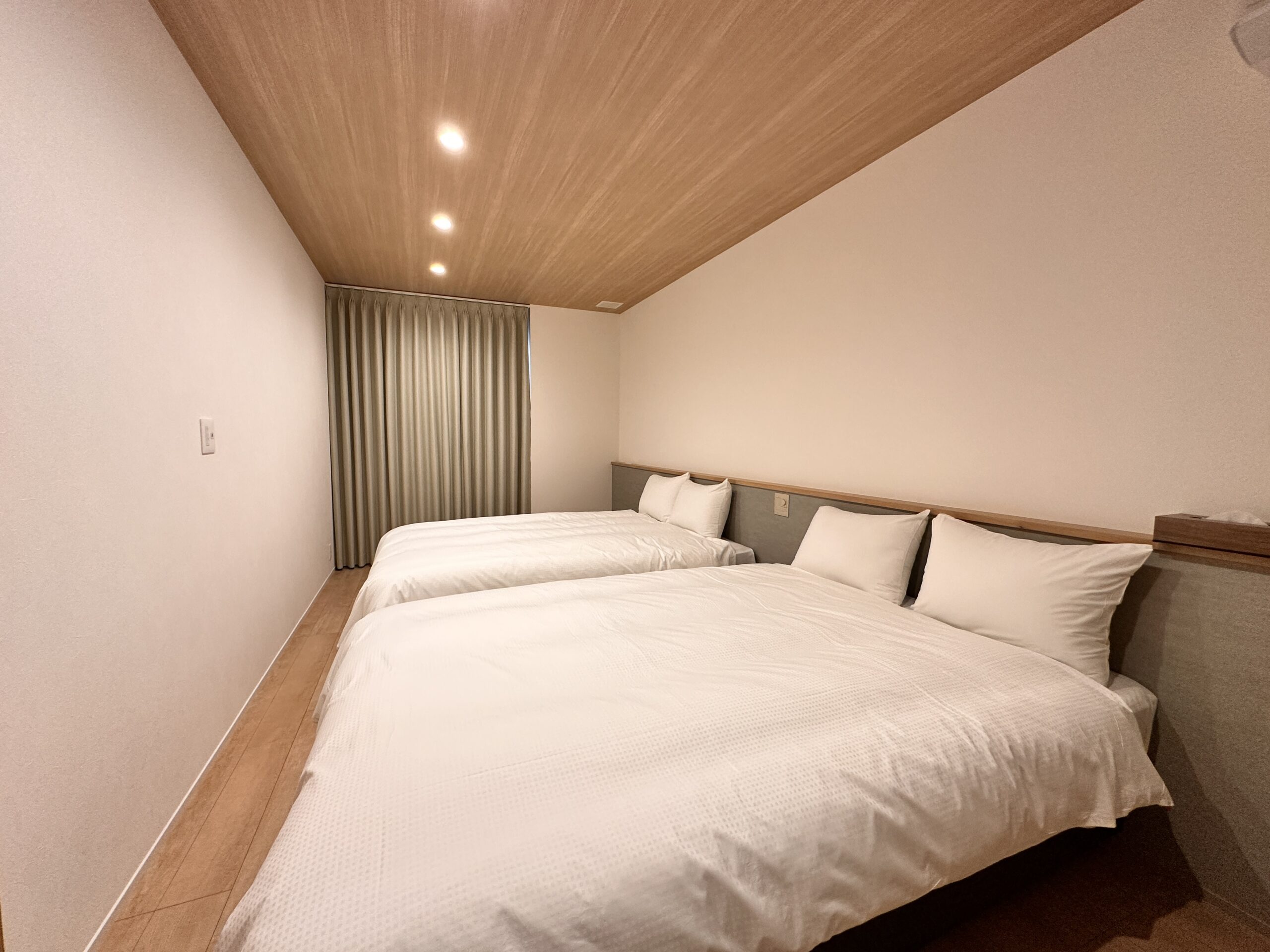運営施設Stays
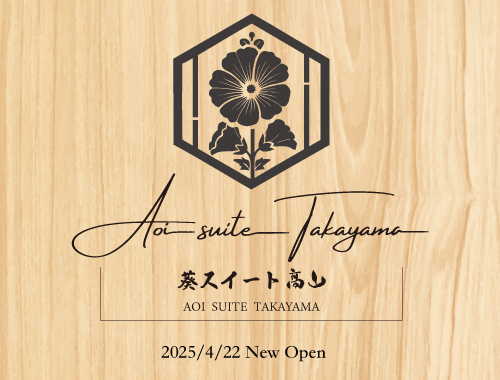
AOI SUITE TAKAYAMA
This newly built villa features a Japanese-modern design with traditional Japanese latticework and gardens, offering guests an authentic experience of Japanese living.
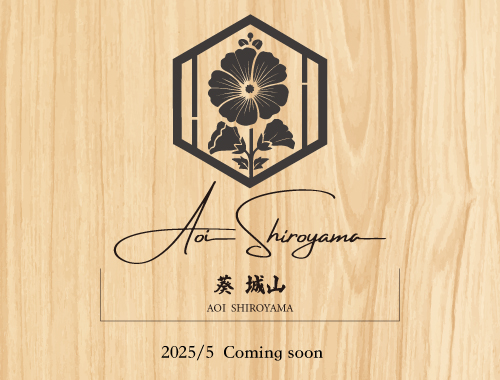
AOI SHIROYAMA
AOI SHIROYAMA is located on the hillside where the former lord of Takayama Castle once resided. Though compact in size, the villa offers a stunning panoramic view of Takayama’s historic Old Town.

AOI GARDEN TAKAYAMA
AOI GARDEN TAKAYAMA is a house built during the Showa era that has been renovated using traditional Japanese techniques. Located just a 5-minute walk from Takayama Station, it offers large windows with a view of a beautiful Japanese garden, providing a peaceful retreat to relax and unwind after your travels.
About
AOI VILLA’S TAKAYAMA
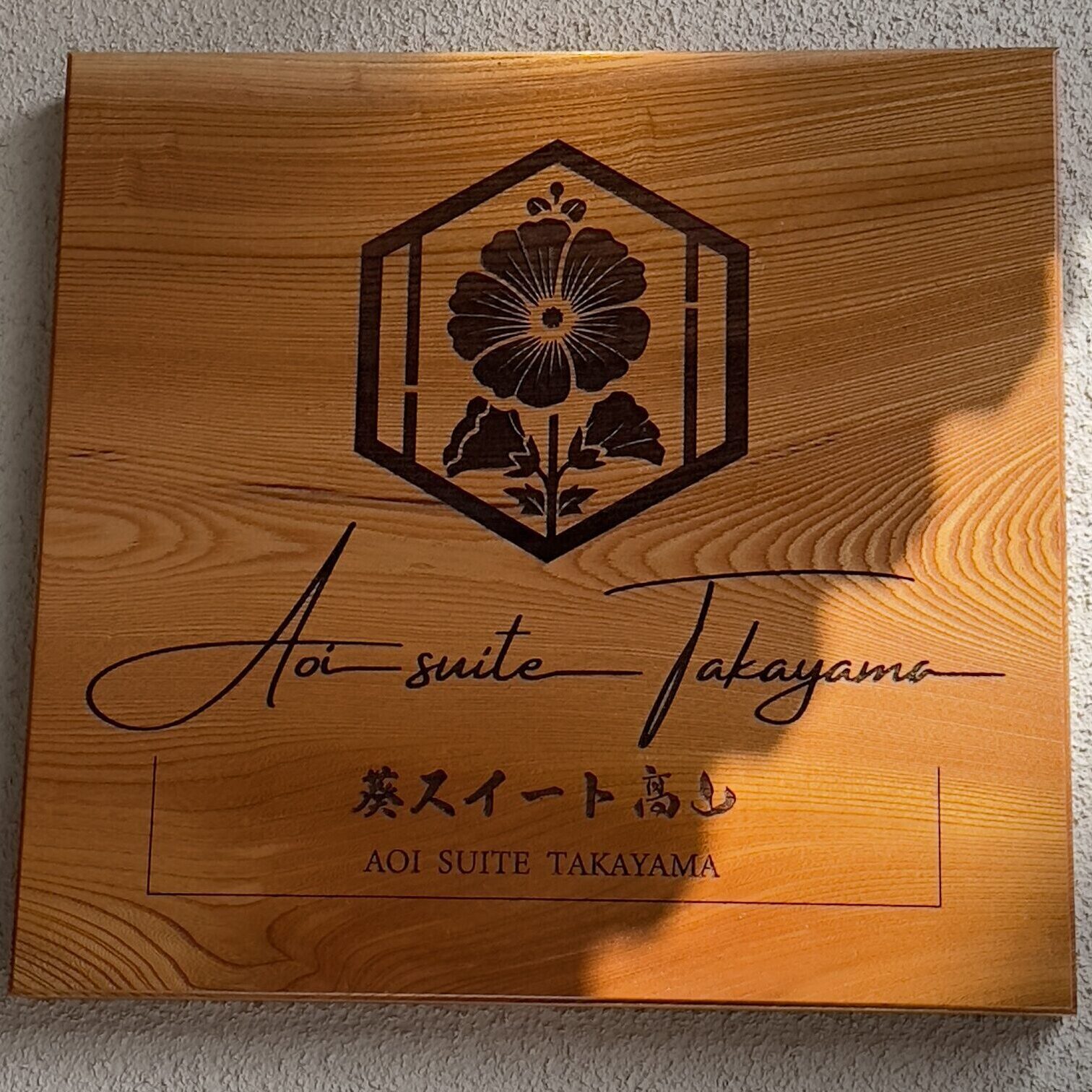
AOI Villa’s is conveniently located in the heart of Hida Takayama, The name “AOI” originates from the “Aoi-mon,” the crest associated with the Tokugawa family, reflecting Takayama’s historical connection to the Edo-era shogunate. within walking distance of major attractions such as the old town, morning markets, and Takayama Station. AOI SUITE TAKAYAMA is newly built with a Japanese-modern design, providing a comfortable environment carefully designed to allow guests to experience an authentic local Japanese lifestyle. Enjoy your stay as if you were in your own home.
Hida Takayama History
Nestled in the northern part of Gifu Prefecture, in the heart of the Japanese Alps, Takayama boasts a rich history that dates back to the Jōmon period (circa 14,000–300 BCE). Numerous archaeological sites, such as the Dōnosora Site in Kuguno Town, provide evidence of early human settlement in the region .
The city’s transformation into a prominent urban center began in 1585 when Kanamori Nagachika, a retainer of Oda Nobunaga, was appointed as the lord of Hida Province. Recognizing the strategic importance of the area, he constructed Takayama Castle atop Mount Tenjin (present-day Shiroyama Park) and meticulously planned the surrounding castle town. By laying out roads extending in all directions from the castle, Nagachika established Takayama as the political and economic hub of the region. Remarkably, the city’s central layout and street patterns have remained largely unchanged for over 420 years .
Following six generations of Kanamori rule, Takayama came under the direct control of the Tokugawa shogunate in 1692. The Takayama Jin’ya, a government outpost, was established to administer the region, marking Takayama as a tenryō (shogunal demesne). This period of direct governance lasted until the Meiji Restoration in 1868 .
In modern times, Takayama has embraced its historical legacy to promote tourism. Starting in 1986, the city implemented initiatives to attract international visitors, such as incorporating English signage throughout the area. These efforts have been successful, with Takayama now welcoming nearly 700,000 foreign tourists annually.

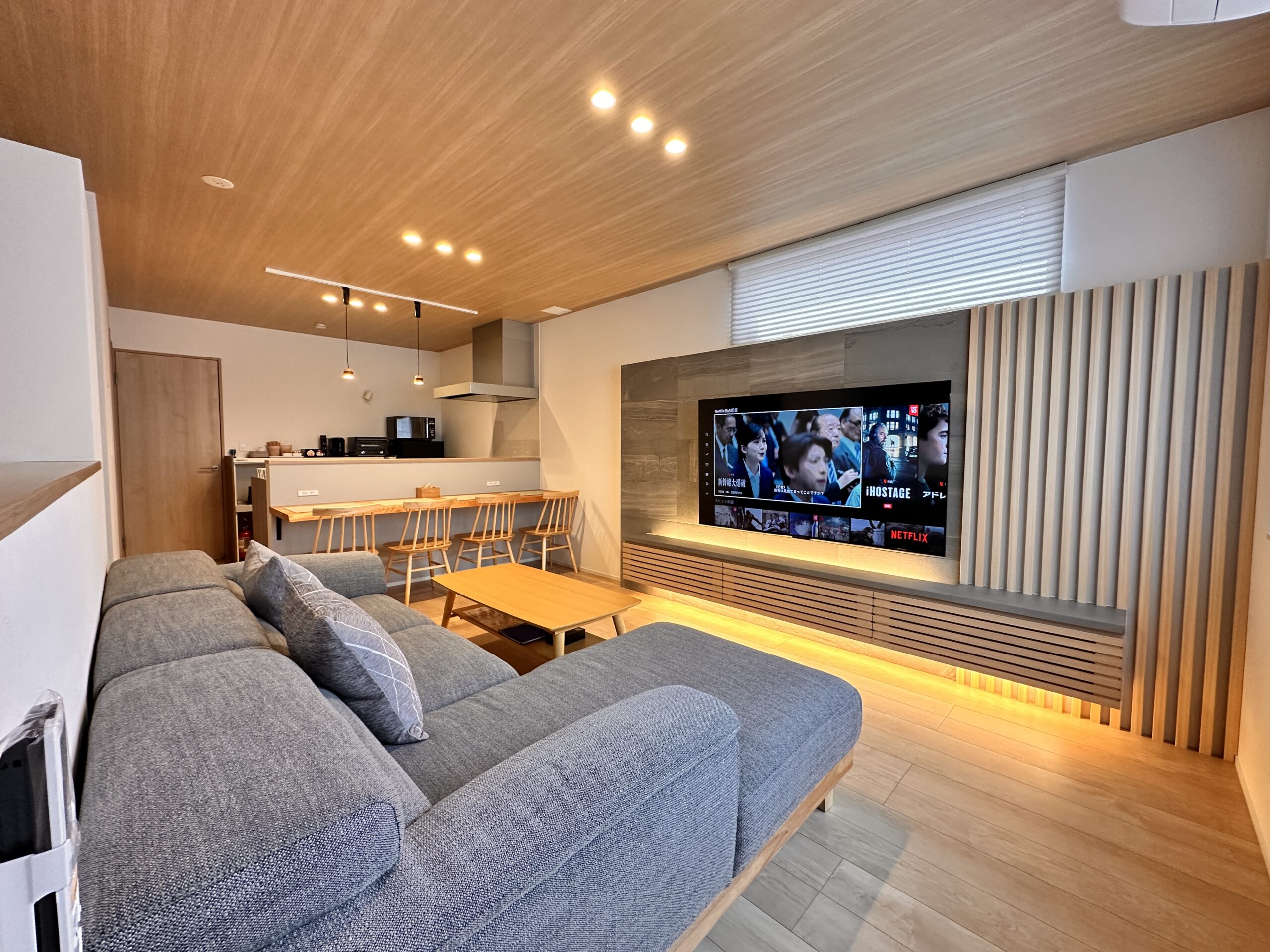
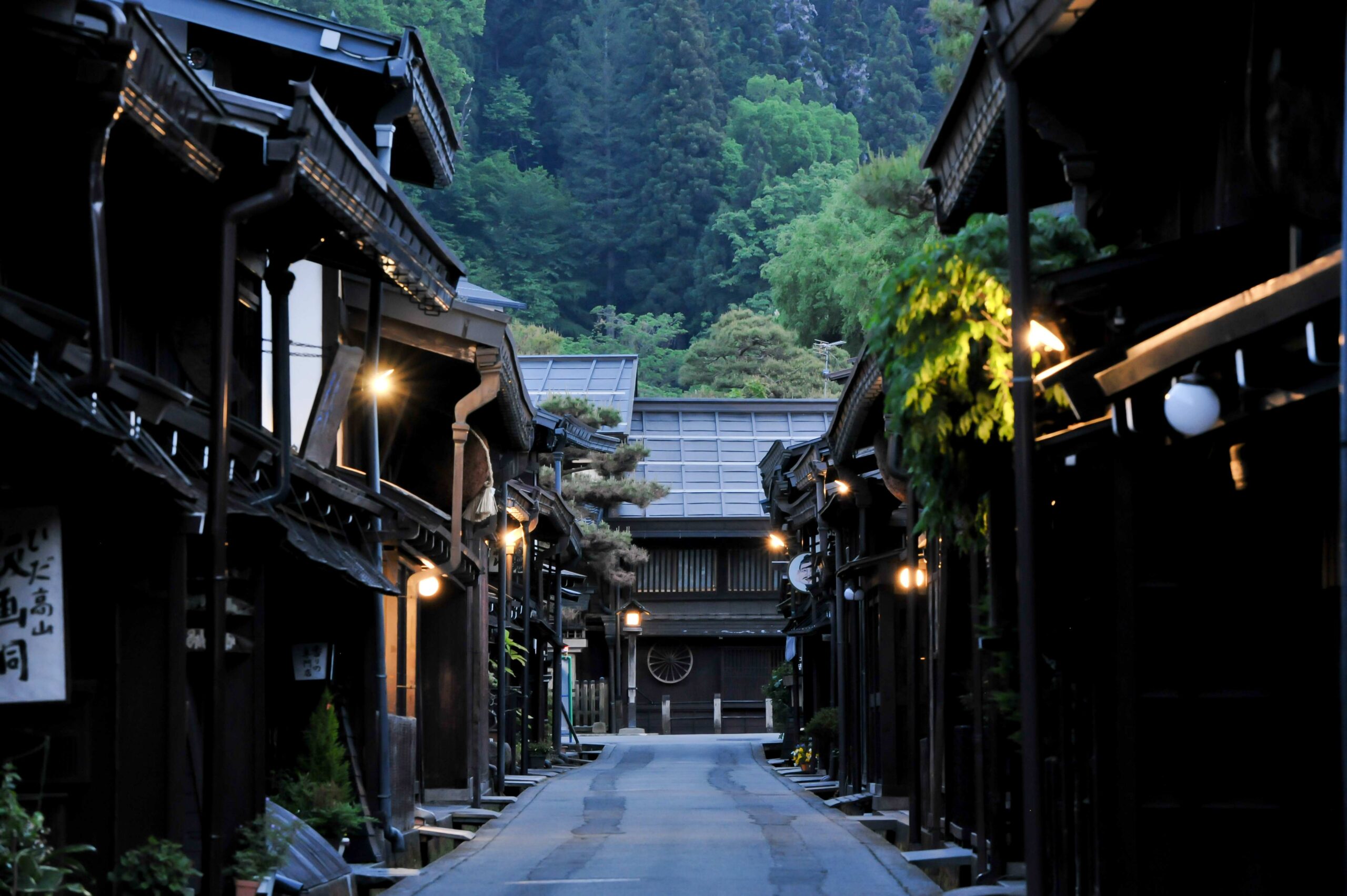
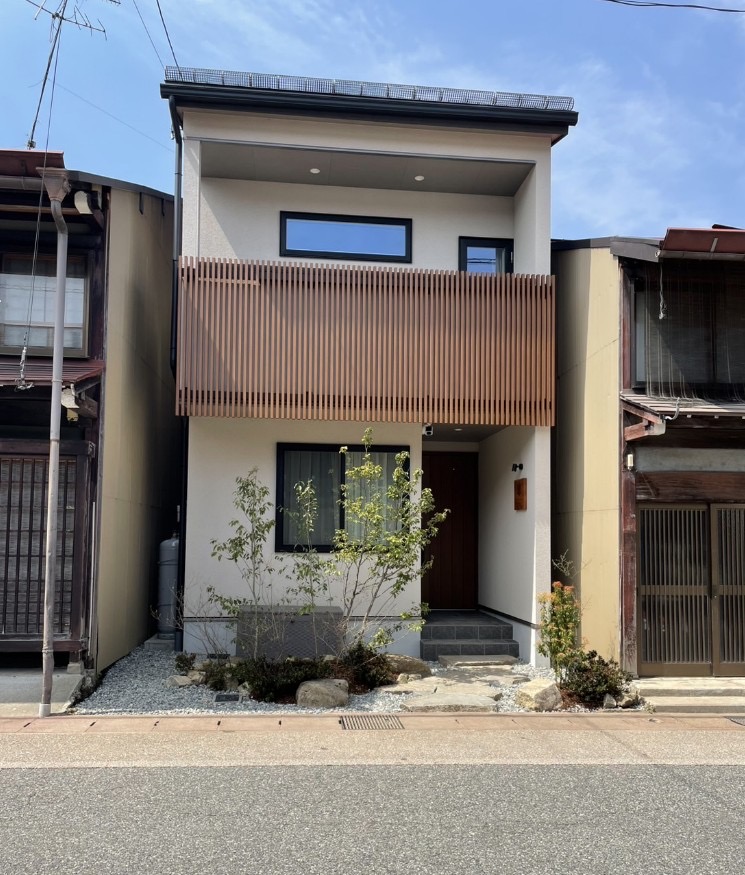
2-scaled.jpg)
